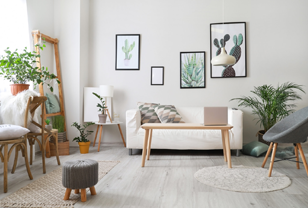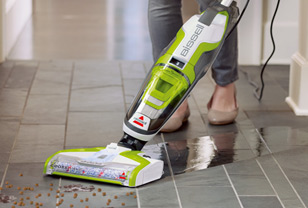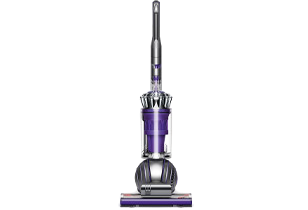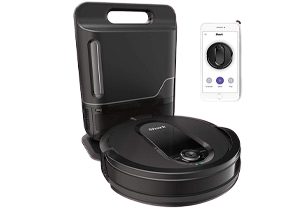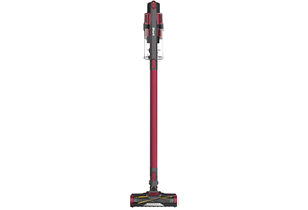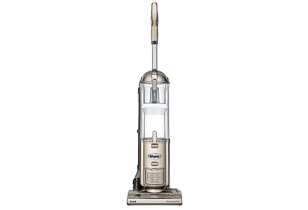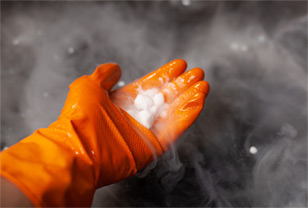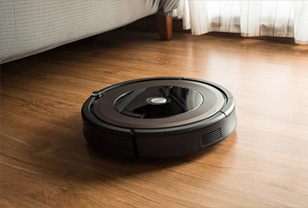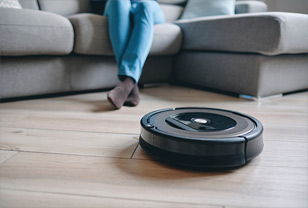Does Laminate Flooring Need To Acclimate? - Laminate Floor Installation & Maintenance Guide
But before you do that, you need to know the answers to questions like: “Does laminate flooring need to acclimate?”

That’s what we’re going to do in today’s article: addressing the most frequently asked questions about laminate floor installation. Popular questions like “Does laminate flooring need to acclimate?” or “What’s the correct way to store laminate floors?”
Here are the answers!
What Is Floor Acclimatization? Why Is It Important?
Once you picked up the raw floorings from the shop, we understand how you would feel the compunction to get started right away. However, that is not ideal. We do not recommend you to set down the floorings on the same day that you got them from the shop.
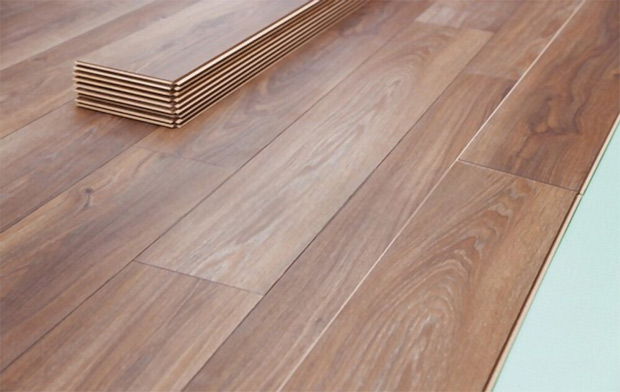
These laminate floorings are going to need some time to (quite literally) get used to your home. Basically, because their cores are made from wood fiber, they are very sensitive to changes in temperature and humidity. Depending on the temperature and humidity levels in your home, the boards can contract or expand.
For example, if you take the laminate floorings from a cool, moist warehouse and put them in your home with a hotter and dryer temperature, the boards are going to expand. If you were to install the floorboards immediately, you wouldn’t be able to notice the tiny expansions and give the floors the necessary breathing room for them to expand. When the floorings eventually do and they have no space to stretch, they’re going to buckle.
Conversely, if you take laminate floorings from a hot, dry warehouse and put them in a cooler home with higher humidity levels, they’re going to contract. The floor gaps are going to become wider apart, leaving you with an ugly, uneven floor.
There have been many cases of floor shop owners telling people it’s not necessary to acclimate laminate floorings because they’re not made from real wood. This is not true. The core is still made from wood-like materials that contract and expand. Worse still, if you read the warranty cards that come with the floorings, there should be a clause that says if you don’t acclimate your floorings, the warranty is voided.
In total, yes, acclimatizing your floors is an important task that you shouldn’t skip, no matter how hard-pressed for time you are. It’s really not worth the hassles of having to deal with a damaged floor and a voided warranty card.
What Would Happen if You Don’t Acclimate Your Laminate Floors?
Beside buckling and formation of big floor gaps, there are a few more problems that could occur after you have installed laminate floorings that haven’t been properly acclimated.
Peaking
Peaking occurs when two laminate planks in close proximity expand and push against one another. The material is going to give and bend upward, causing a small “peak” that you could see and even feel when you walk by.
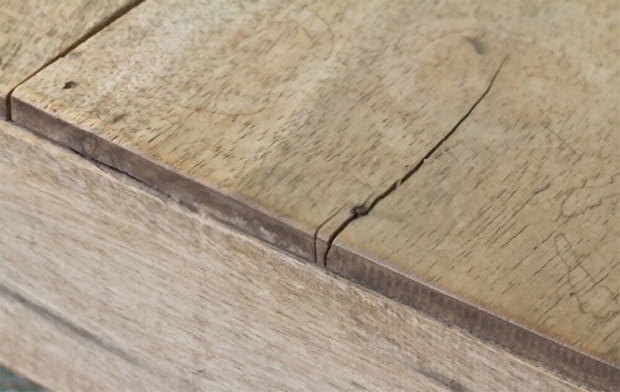
Gaps
This is something that we’ve talked about previously. When two laminate floorboards shrink, they’re going to detach from one another. If they shrink too much, there’s going to be a noticeable gap between each plank.

They don’t just make the floor a lot less aesthetically pleasing, these gaps also retain moisture and allow dirt and debris to infiltrate the floorboards. Your brand-new floor is going to be more likely to become stained, dirty, cracked, or chipped as a result.
Warping
When the shrinking and expanding cycles aren’t accommodated, the boards are going to be damaged. These damages (dents, gaps, and so on) allow moisture to infiltrate the sensitive boards, causing the boards to warp and buckle.
Creaking
If the boards don’t expand or shrink well, they’re going to lose their fit. The boards are shoved together, causing deformations. The bad fitting will cause a lot of movements between the boards. Walk across the floor and they’re going to sound creaky.
➜ RELATED: Can You Paint Laminate Floors? Do This 8 Steps Tutorial To Achieve Your Goal
How to Acclimate Laminate Flooring
Check the Temperature and Humidity Levels of Your Home
Before you even get the floorings home, check the temperature and humidity levels of your home, first.
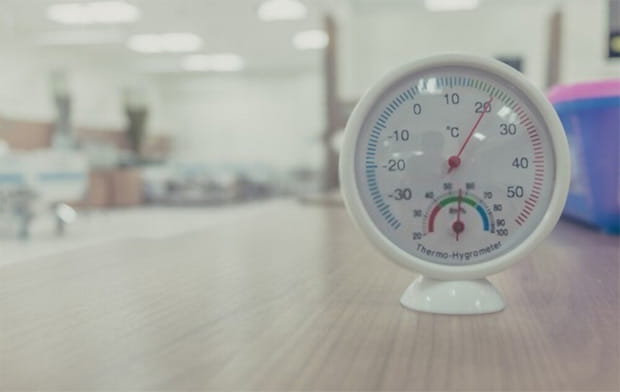
Between the two, humidity is the more important thing that you need to consider. It is especially important if your home is newly-built. Those recently plastered and painted walls along with the brand new layer of floor screed can cause the humidity levels in your home to get very high. In that case, you’ll have to hold off the floor installation until the humidity level lowers over time.
Additionally, if your home is still under construction, make sure that all of the wet works like painting and plastering are finished before you go ahead with the floor.
Ideally, the subfloor should be at a temperature between 65°F and 75°F. On the RH scale, humidity level should be between 45 to 65%. You can measure them both by using a thermometer and a hygrometer, respectively. They can be found in just about any hardware or DIY store.
Examine Your Sub-Floor
Not just the air, you need to pay attention to the subfloor, too. After all, the floorings are going to be in direct contact with the subfloor. The moisture level of the subfloor is going to affect the expansion and contraction cycles of the laminate floorings.
There are two kinds of subfloors: timber and concrete.
If yours is timber, you can use a 2-pronged moisture meter to measure its moisture content. Touch the prongs to your subfloor and the read-out should tell you exactly the MC (moisture content). It should read no higher than 12%MC.
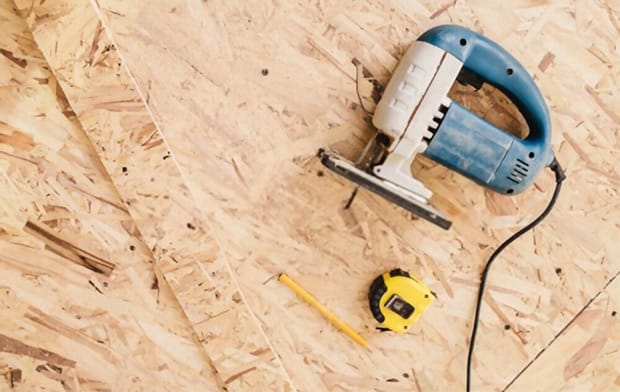
For concrete subfloors, you can use a concrete moisture meter or a digital hygrometer. The reading should be no higher than 3%MC.
How to Adjust Temperature and Humidity Levels in the House
Now that you’ve gotten readings on all of the important parts in the house, if the numbers don’t come out favorably, you got a few options.
If your house is newly-built, all of the materials and the construction works can cause temperature and humidity to get very high. The quickest way to artificially lower them is to use A/Cs and fans for the temperature and dehumidifiers for the humidity. They should be able to lower the readings until they’re at acceptable levels.
Another option is to simply wait it out. Newly-laid concrete subfloor is going to need around 90 days for all of the excess moisture to evaporate. The longer you leave it, the dryer it’s going to get and the better it’s going to be for your installation work.
For a newly-plastered or painted room, leave it for around 7 days to dry off.
Does Laminate Flooring Need to Acclimate? — Acclimating Laminate Floors
➜ RELATED: Laminate Floors Maintenance Guide: How to Remove Glue From Floor
How to Acclimate Laminate Floors
Though all of this sounds very complicated, acclimating laminate floors is quite easy. As a matter of fact, you don’t have to do much at all. Bring all of the laminate floorings in-door and into the rooms that they’re going to be installed in, and just … stay there.
Over the course of a couple of hours, the floorboards are going to adapt to the temperature and humidity levels of the room. After this period, you can proceed to lay them down.
How long does laminate floor need to acclimate
This will depend on the manufacturer. Because acclimating is such an important phase in the installation process, instructions are usually written in the manual. From brand to brand, the recommended acclimating time is usually between 48 to 72 hours.
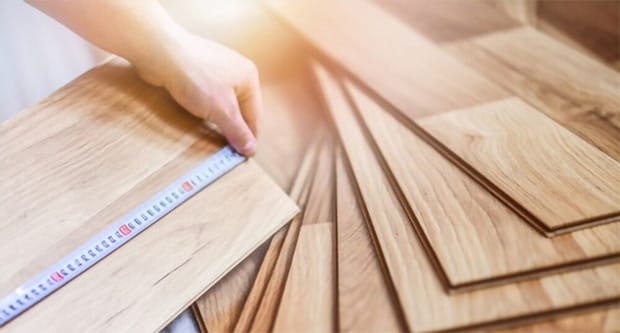
Always follow the manufacturer’s instructions. Don’t do anything differently or your warranty could be voided.
How to Store the Laminate Floorings Correctly During Acclimatization
While the boards are acclimating, leave each board flat on the ground with a small gap between them. It may feel very tempting to store them upright, but it’s not recommended. If you do, there’s a small chance that the boards could bow, making the installation process very tricky.
These days, most packages of laminate floorings come shrink-wrapped. You don’t have to remove the plastic wrapping.
A common question that we were asked when it comes to acclimating is “Can you stack laminate flooring to acclimate?”
Yes! You can stack them on top of one another. Just make sure to lay them as flat as you can. Once again, don’t leave them standing upright.
How to Maintain Laminate Floors
Now that you’ve installed your laminate floors, the work is not over yet. You will need to see to its maintenance and care day after day. Despite being a lot sturdier than natural hardwood floors, laminate is still considered a sensitive floor type. You not only need the right cleaning technique, but you’ll also need the right cleaning tool.
Regularly Vacuum It
Run a vacuum cleaner over the surface every day to remove all of the dirt and debris on the floor. They can cause scuff marks and scratches to form on the floor’s surface if you don’t clean them up. Additionally, if left unattended, these particles could also burrow into the floor gaps, making it really difficult to draw them back out.
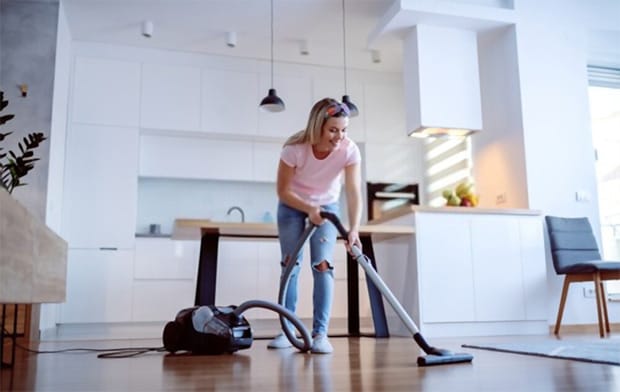
Not every kind of vacuum cleaner will do. You have to pick the ones with a soft brush that’s compatible with laminate floors and sensitive wood floors. Something like the Miele Complete C3 Alize canister vacuum.
Alternatively, you can pick up a vacuum that has a brush roll that can be disabled. In that case, the vacuum is going to rely entirely on the suction power to clean your floor, leaving no chance for it to damage the floor’s surface. Check the Shark NV360 upright vacuum cleaner if this option interests you more.
Damp-Mop the Floor Every Month
Laminate floors are very sensitive to moisture, so you should minimize mopping as much as possible. We recommend running a slightly-damp mop across the surface once a month to take the dirt off. However, you shouldn’t do it any more often than that.
Pay close attention to areas with high traffic in the house, like the kitchen or the living room.
For this task, you’ll need a good mop with a non-abrasive cleaning head to avoid scratching the surface.
A mop with a microfiber mopping pad like the O-Cedar ProMist MAX is usually a good fit. This one has a washable and reusable mopping pad.
Another option is the Swiffer WetJet, which comes with disposable mopping pads.
Use as little water as possible while you’re mopping the floor. You’ll want the floor to only be lightly damp with a thin mist on the top surface. The last thing you would want is for the floor to be soaking wet.
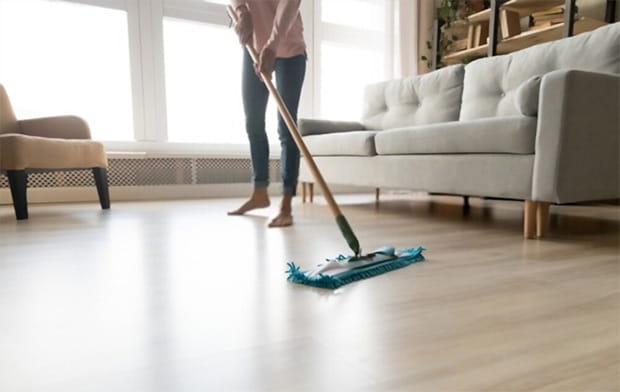
Steam Mop the Floor Every 5-6 Months
Do note that this step is completely optional. More importantly, you should only do this on select types of laminate floors. Particularly, those that have already been sealed with a waterproofing top layer. If your laminate floors aren’t sealed, do not use a steam mop.
A steam mopping session once every few months will sanitize your floor and keep it smelling fresh.
However, even if your floor is sealed, it’s best that you do a small test first before you commit to a steam mopping schedule. When you get your steam mop, pick a hidden spot on the floor (like the one behind the couch). Then, run a few passes over the stretch of floor with your mop. If you don’t see any damage to the lamination, you can go ahead and clean the rest of the floor. In case there are any damages, stop immediately and consider returning the steam mop.
We recommend the Bissell PowerFresh (1940A) steam mop for the job. According to our database, it is the best steam mop for laminate floors for most users. The selling point of the 1940A is that it has an adjustable steam control system. While you’re cleaning laminate floors, pick the lowest steam setting available to avoid doing damages to the floor.
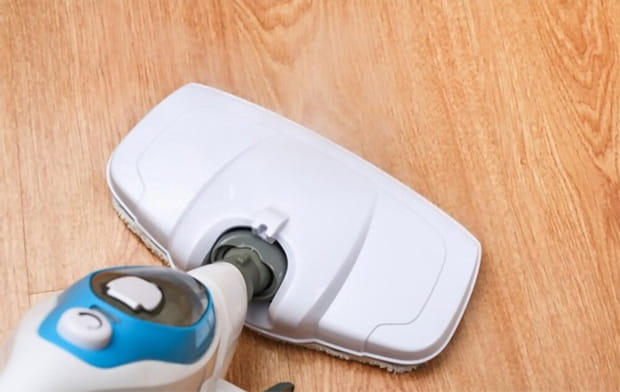
What Are the Best Laminate Floor Polishes?
Remember, there are no best laminate floor polishes or waxes. Laminate floors are designed to be shiny without needing polishing or waxing. If you apply anything to them, the chemicals are going to make the floor look dull.
Instead, just stick to formulated laminate floor cleaner and a regular cleaning schedule. So long that you vacuum and mop them regularly, your floor should never look dull or dirty.
Conclusion
And that settled it! We hope this guide has been helpful for you and answered all of your questions.
To recap, does laminate flooring need to acclimate? Yes! They do. Some people will tell you that they don’t, but every floor manufacturer will tell you to give them a few hours to get used to the temperature and moisture level in your room before installation.
Beside answering that main question, we’ve also answered a lot of frequently asked questions from our readers. Some of these questions (and their answers) are related to acclimating. So, you should find them helpful, too.
Last but not least, we hope the added section on floorcare in the later half is going to help you keep your newly-installed floor shiny and healthy for years to come!
FREQUENTLY ASKED QUESTIONS
- 01. How Much Space to Leave for the Floor to Expand?
-
Like we mentioned earlier, laminate floorings can expand when the temperature and humidity level in the room changes. If the floorboards don’t have enough space to expand, they’re going to buckle. As a result, when new laminate floorboards are installed, people usually leave a small gap to allow for the expansion.
The rule of thumb is to leave a ¼-inch expansion gap for small or standard-size rooms. Larger rooms are going to require larger expansion gaps.
These expansion gaps are especially important around areas like the room’s perimeter and stationary objects, such as pipes, supporting columns, and cabinets.
- 02. Can Laminate Flooring Be Installed on Heated Floors?
-
Yes, a radiant floor heating system isn’t a barrier to installation. Just make sure that the temperature is set below 80°F at all times. Additionally, at least one week prior to installing your new laminate floors, set the heater down to 60°F. This is to ensure that the floorboards can properly acclimate to the background temperature of the room.
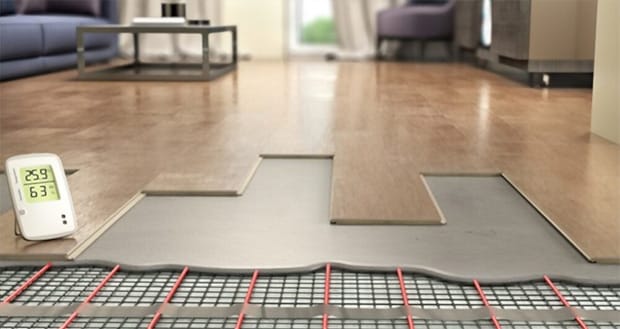
- 03. Is Having an Underlayment Necessary?
-
Yes, the underlayment is absolutely important. Not only it protects the floorings from being infiltrated by moisture, it also protects the flooring from friction damages while it’s bowing and flexing.
A foam underlayment is usually placed between the subfloor and the laminate floorings. When the floorings contract and expand, they expand upon the underlayment instead of the subfloor. Thus, it will protect both the top surface of the subfloor and the underside of the laminate floorboards.
If your subfloor is made from concrete, before installing the underlayment, you have to place a plastic vapor barrier.
- 04. Is Carpet Underlayment a Good Fit for Laminate Floorings?
-
Unfortunately, no. A carpet underlayment is often too thick to be a good fit for laminate floorings. Most underlayments for laminate floors are around 3mm (⅛”). If you go ahead and install your new laminate floorboards on a carpet underlayment, the floor is going to be very bouncy. This will stress out the locking system and eventually break it.
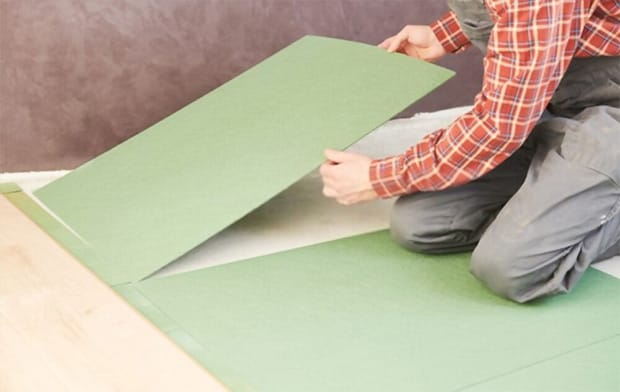
- 05. Can You Install Laminate Flooring Over Carpet?
-
One of the greatest advantages of laminate floorings is that they seemingly can be installed over anything. This is because it is a floating floor system. That means the floorboards can be affixed to just about any underfloor without having to be glued or locked down.
Thanks to this handy feature, you can install laminate floors over anything, ranging from linoleum and vinyl, all the way to ceramic and hardwood floors. However, carpeting is the only exception to this rule.
The only type of carpeting that you can install laminate floorboards over is very short-pile industrial carpeting. But other than that, any type of carpeting has to be removed along with the padding underneath before you install your laminate floorings.
The reason is similar to why you shouldn’t install your laminate floorboards over a carpet underlayment. A carpet is simply too thick and soft. It creates a bouncy effect on the floor and strains the locking system, eventually causing them to break.
- 06. Is It Possible to Glue Laminate Flooring Together?
-
Like we said, laminate floorings are typically installed without using glue (floating). However, in certain cases, it’s recommended that you glue them together (you don’t glue laminate floorboards onto the subfloor).
Typically, such a procedure is recommended for the parts of the floors in places with a lot of moisture or high risk of being splashed by water. The area around the kitchen sink, for example.
The glue acts as a sealant and prevents moisture from seeping through the floor gaps and coming underneath the floorboards, damaging them.




